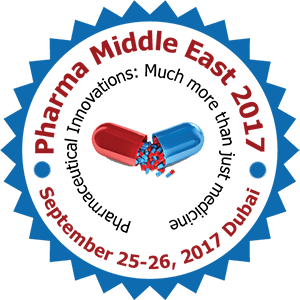
Biography
Biography: Rahul Kumar
Abstract
Cervical cancer is the second most common gynecological malignancy worldwide. According to HPV Information Centre, Spain (Aug’ 2014), in India approximately 1,22,844 women are diagnosed with the disease every year and of them 67,477 die due to the disease. The etiology is multifactorial. Malondialdehyde (MDA) is important peroxide which is a measurement of oxidative stress and can be a predictive in the early detection of cervix cancer. This study has been undertaken to investigate the association of Arsenic and malondialdehyde (MDA) level with haematological changes at the first clinical presentation. Thiobarbituric Acid Reactive Substances (TBARS) assay was performed on the blood serum samples taken from the freshly diagnosed cervical cancer patients. For haematological changes, haematocytometer and Sahli’s method was followed. Mean MDA level in the serum of freshly diagnosed cervix cancer patients was found to be elevated than the healthy volunteers. Mean RBC count was found to be comparatively less than the normal and mean WBC was found to be comparatively higher than the normal. MDA may have a predictive role in treatment response. MDA levels are higher in patients of cervical cancer and suffer from haematological derangements. Arsenic is also one of the agents for causing Oxidative Stress. Arsenic is considered responsible for generation of free radicals and eventually for apoptosis. Arsenic estimation was performed with the help of Atomic Absorption Spectrometer (AAS). RBC count and Heamoglobin levels were performed according to standard protocol. MDA was in direct proportion with arsenic concentration and inversely proportional to RBC and Haemoglobin in CaCx patients. Arsenic is one of the major causative agents for oxidative stress and hence may be a risk factor leading to cancer including CaCx.

